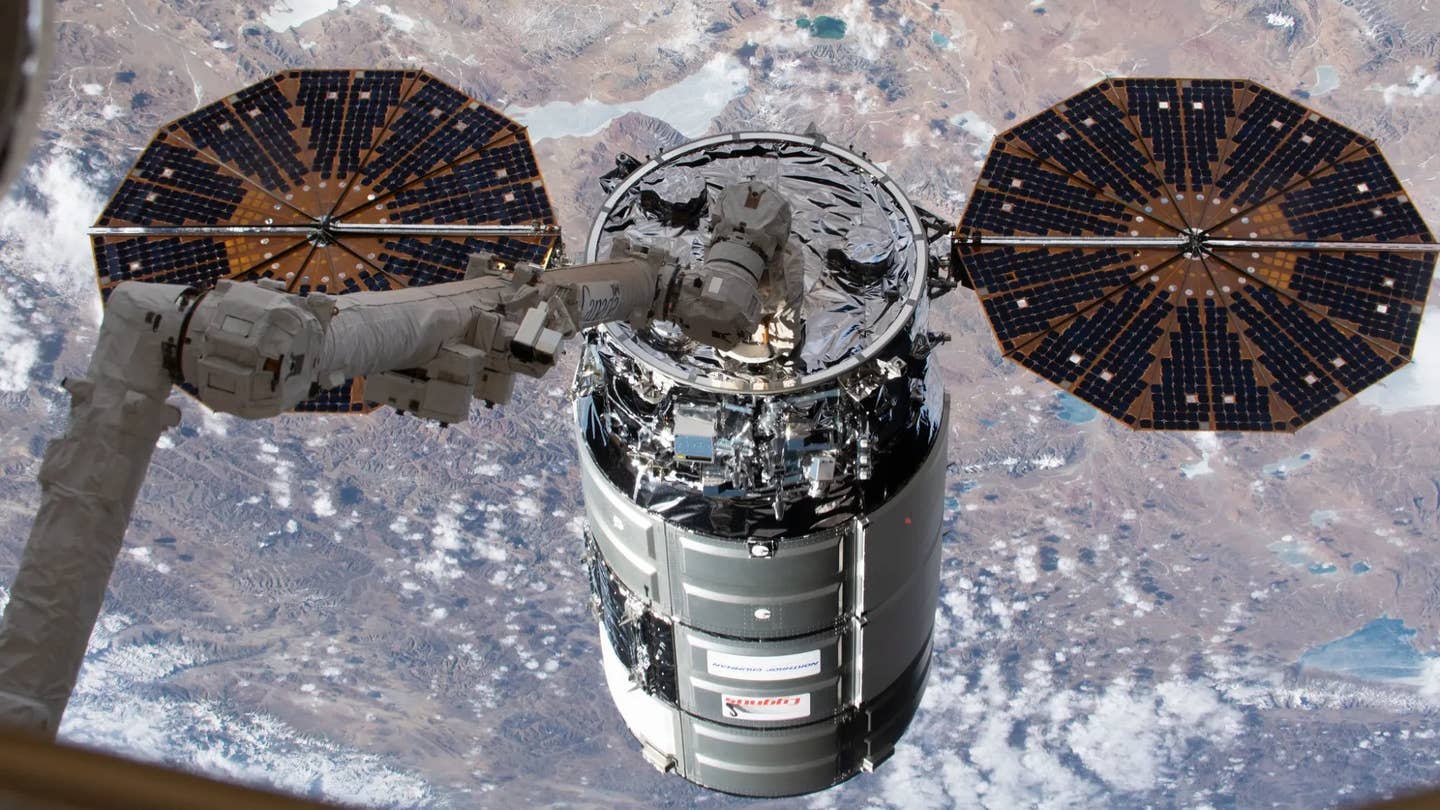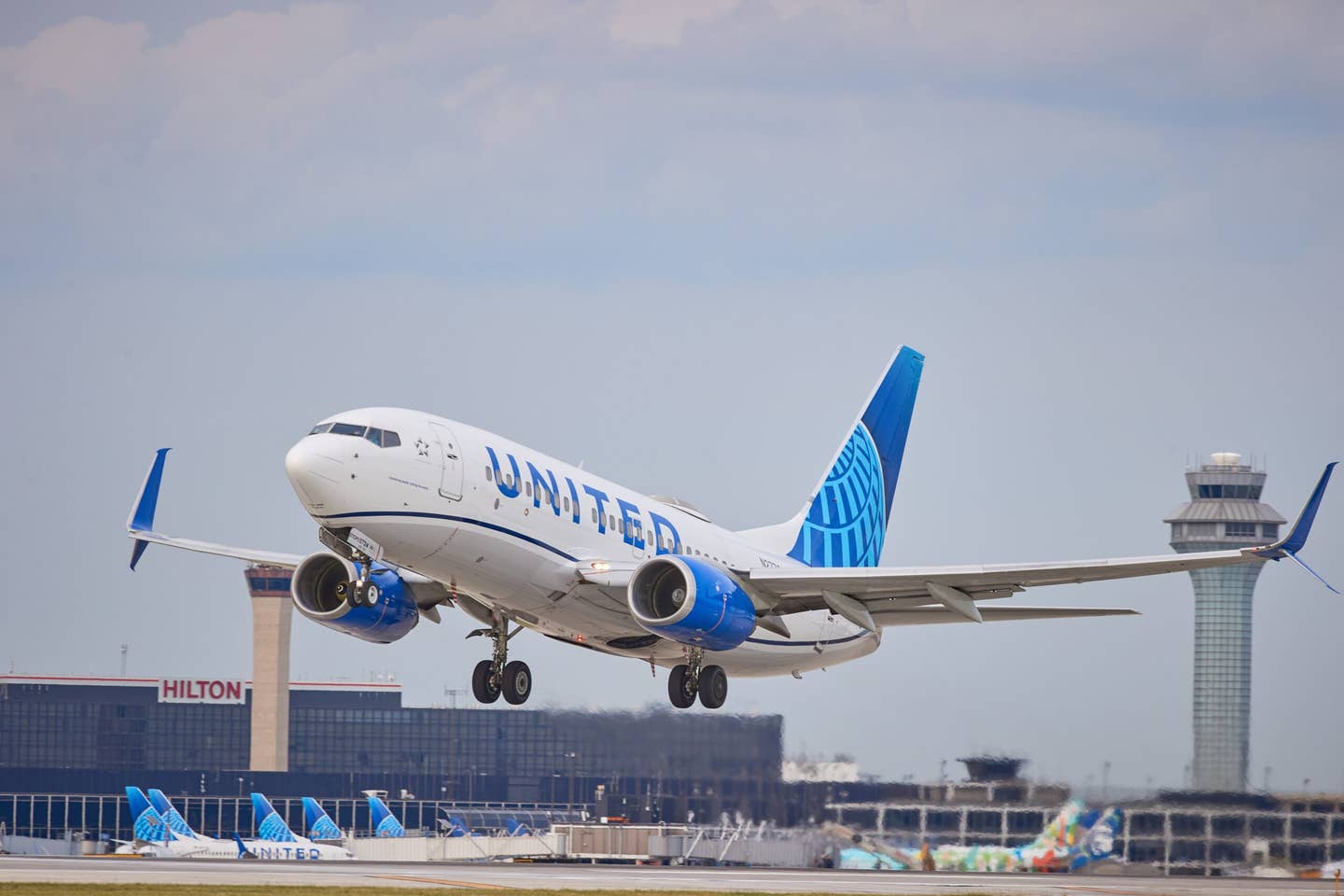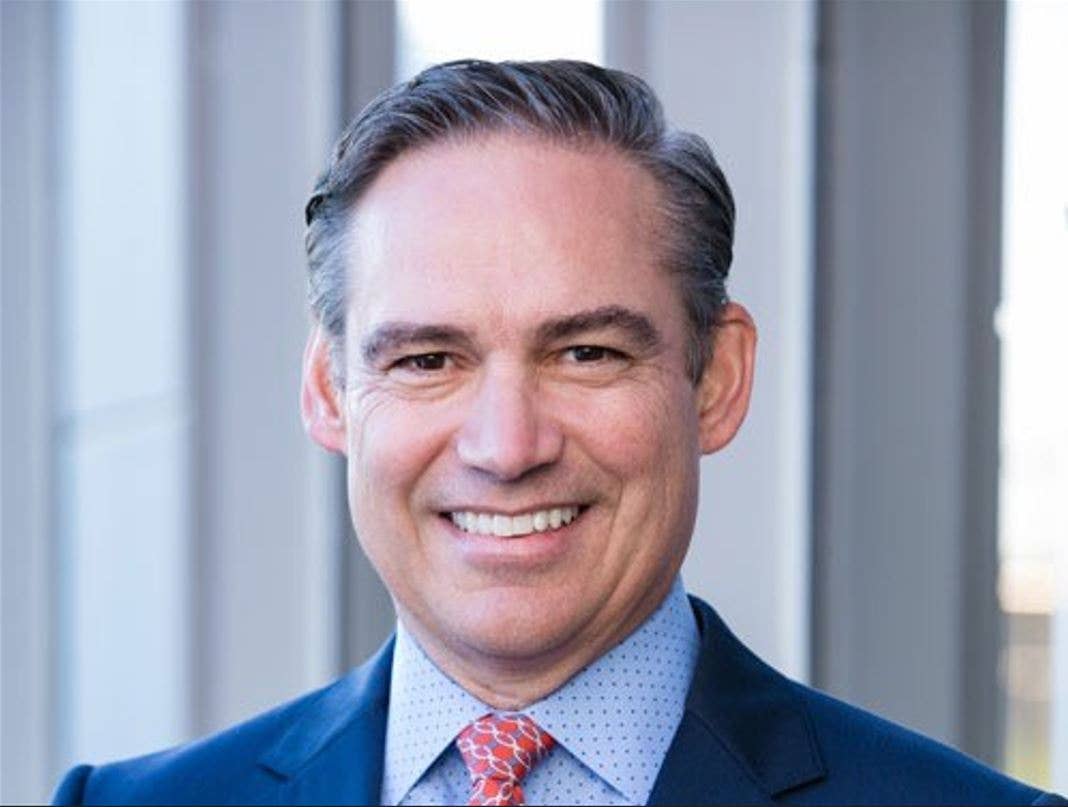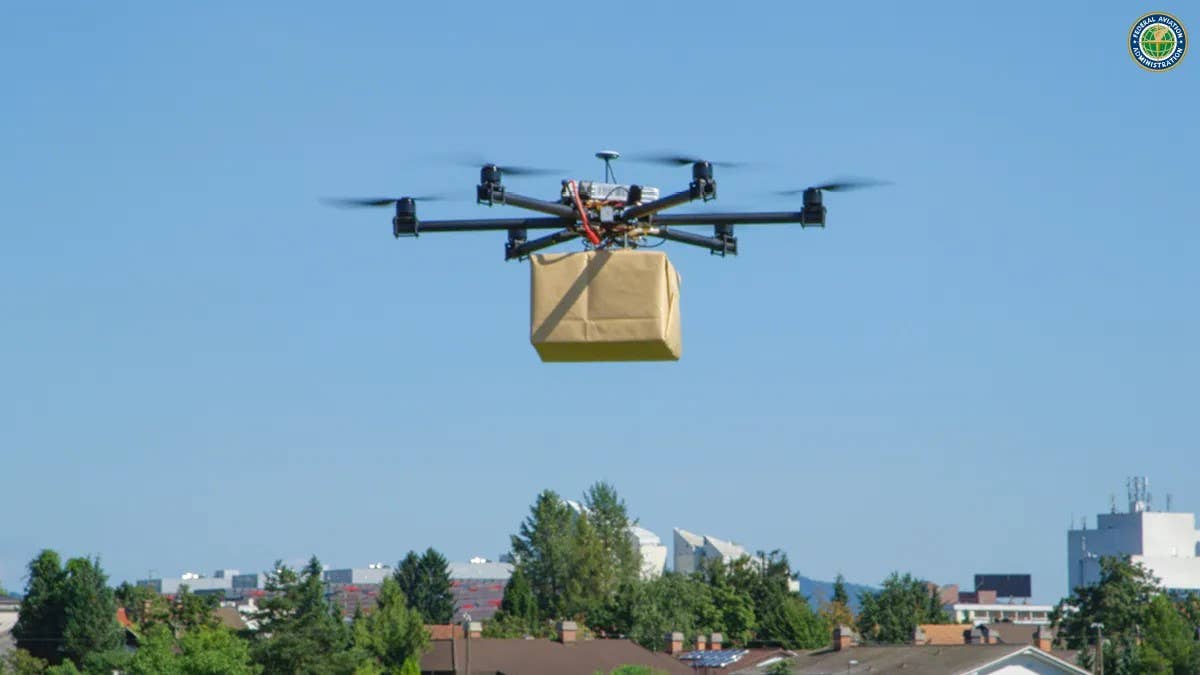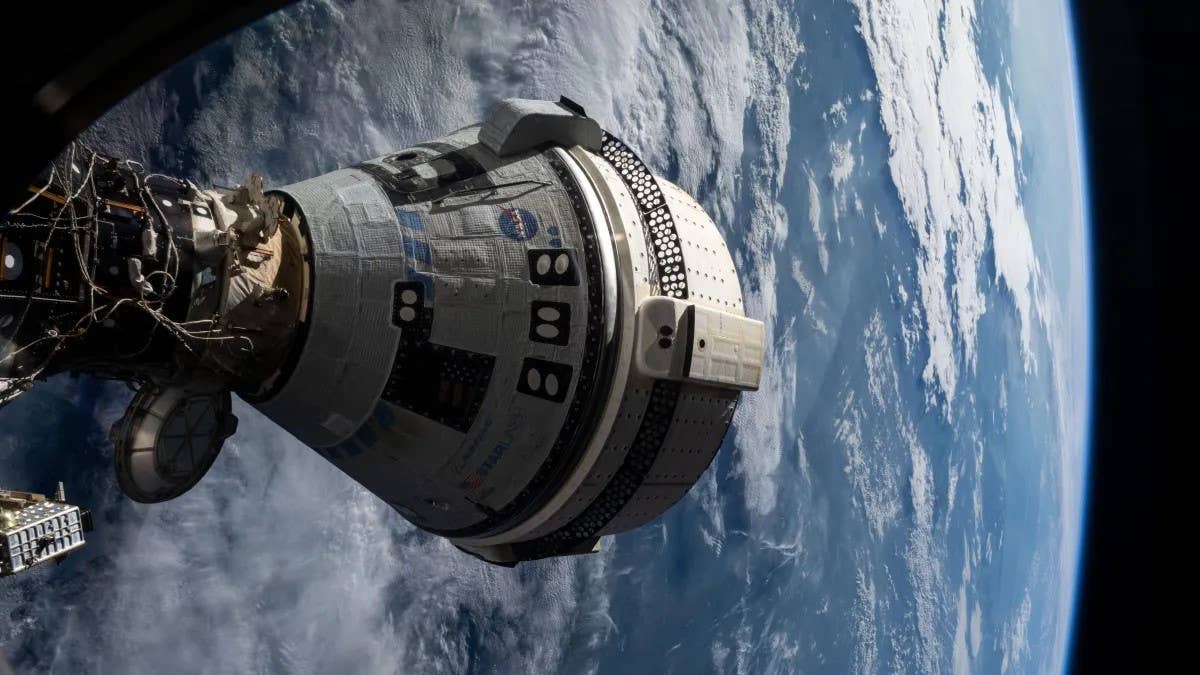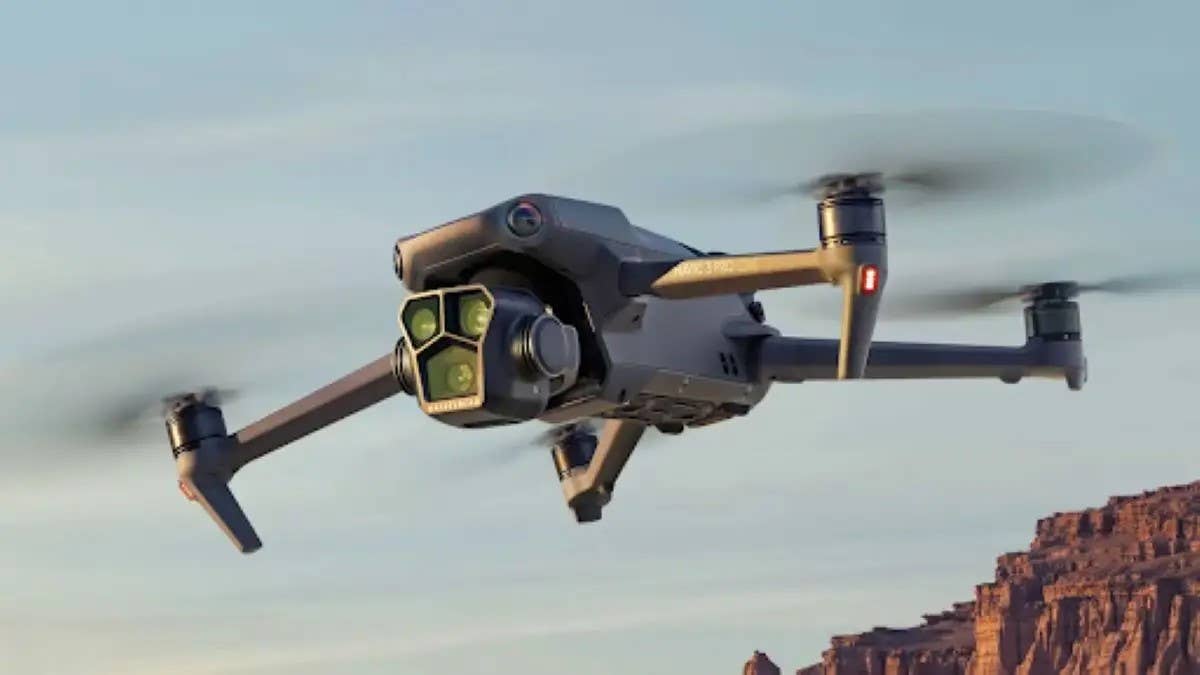Merlin Advances Toward Autonomous Flight Tech STC with Simulator
The manufacturer says the technology is designed to accelerate its path to supplemental type certification with regulators in the U.S. and New Zealand.
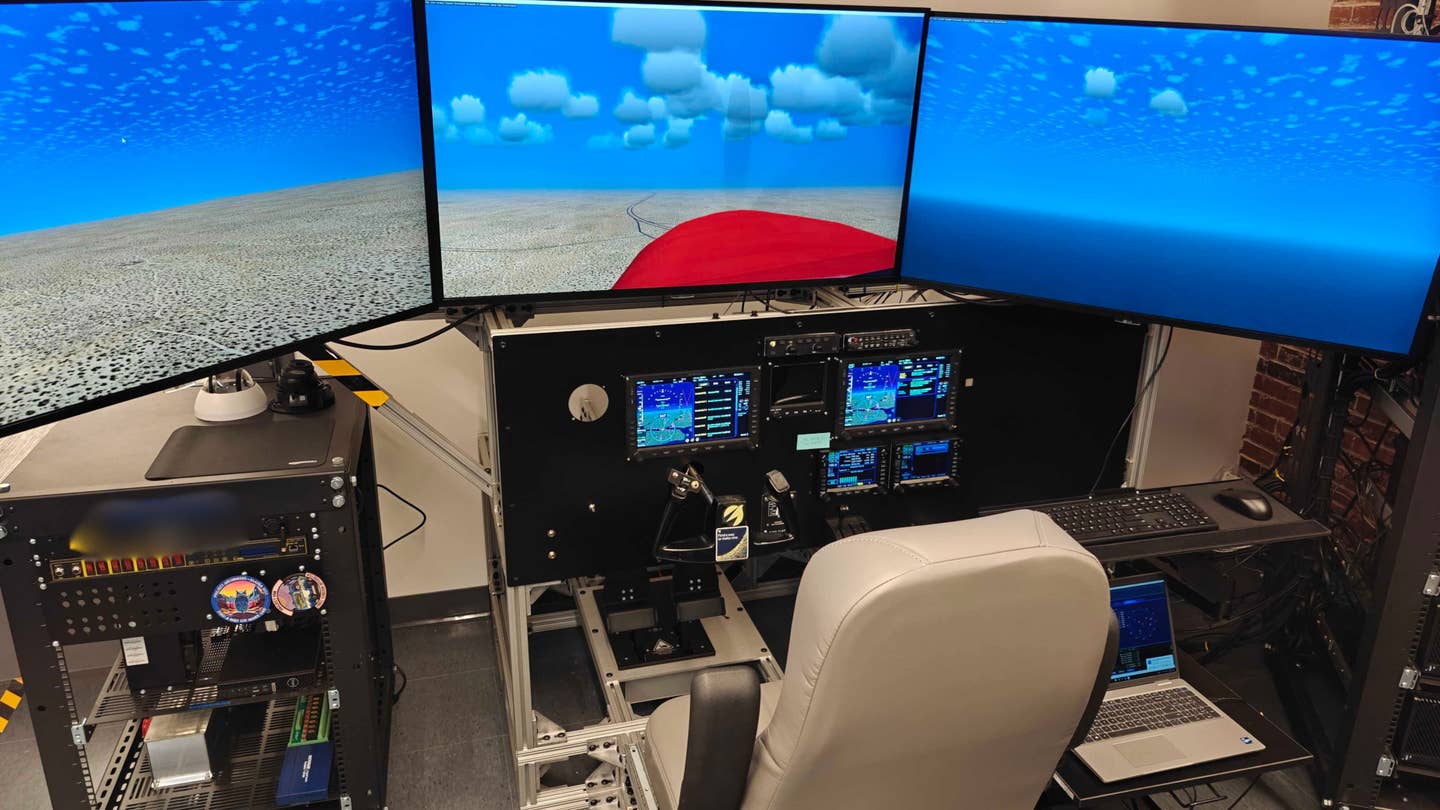
Merlin’s Certification System Bench will allow it to perform ground tests of its autonomous flight system from its Boston headquarters. [Courtesy: Merlin Labs]
Autonomous flight systems provider Merlin Labs is stepping up its quest for a supplemental type certificate (STC).
The company on Wednesday announced it completed the build of its Certification System Bench, a flight test simulator designed to speed its path to an STC. The simulator contains the company’s certifiable software and hardware components and is located at its Boston headquarters.
An STC is issued by a regulator when a company intends to modify an aerospace product from its initial, type-certified design. The approval authorizes the modification and how it will affect the original product.
In the case of Merlin, the company is seeking an STC from New Zealand’s Civil Aviation Authority (CAA) for Merlin Pilot, its platform-agnostic, takeoff-to-touchdown autonomy system for fixed-wing aircraft. Pilot uses an array of sensors to understand the state of the aircraft and its surroundings. The firm is working toward concurrent validation with the FAA through a Bilateral Aviation Safety Agreement between it and the CAA.
However, Merlin’s goal, at least in the short term, is not to remove the pilot from the cockpit entirely. Rather, it intends to supplement pilot workloads to combat the ongoing pilot shortage.
“In many ways, the Certification System Bench acts as a testing ‘funnel,’” said Sherif Ali, chief engineer for Merlin Pilot. “It allows us to test hundreds of cases with speed and ease, selecting edge cases to take to in-flight testing. As a result, we’re able to reduce the use of our test aircraft and keep it for limited cases only.”
The Certification System Bench will allow Merlin to test its automation systems from its headquarters, with no limitations due to factors such as weather, maintenance schedules, or pilot availability. The company says it provides a one-to-one replica of its in-flight technology, with three screens representing the pilot deck, instrument panels, and primary flight display.
The technology is equipped with the same software and hardware components found within the Pilot system. Further, cameras installed on the Bench allow Merlin’s global team to access it and perform testing remotely.
“With pilots on the Certification System Bench, we are able to learn multitudes about human factors while gaining accreditation towards our STC,” said Ali. “No other company in the sector has put more resources towards this type of testing simulator.”
According to Merlin, the Certification System Bench represents a “significant investment” for the firm—costing millions of dollars more than its actual aircraft—but one that will be worthwhile.
The company says ground tests on the Certification System Bench are accredited by aviation regulators, allowing those evaluations to contribute toward STC approval. Further, the technology should allow testing to become more routine. Technicians won’t need to worry about heavy rain or malfunctioning aircraft parts.
“Ensuring the Merlin Pilot is robust, safe, and reliable is our top priority, which underscores this [Certification] System Bench build as a huge milestone in Merlin’s certification journey,” said Matt George, founder and CEO of Merlin. “It took the team six months to design, vet solutions for, and build the Certification System Bench to extremely stringent specifications.”
Merlin is taking a “crawl-walk-run” approach to certification and operations, beginning with testing with the FAA and CAA, from which it recently obtained Part 135 operator approval. The next step will be to fly small aircraft with reduced crews, relying mostly on Pilot but augmented by a safety pilot. After that, the company intends to remove crews from small aircraft and reduce crews on larger aircraft.
Merlin received the first certification basis for an autonomous flight system from the CAA in 2023. Last year, Pilot also became the first autonomy system to secure U.S. National Airspace System integration and FAA validation, following agency-contracted uncrewed cargo network trials in Alaska, the company says.
Pilot so far has been integrated on five different aircraft types, including Dynamic Aviation’s fleet of Beechcraft King Airs and several aircraft from Ameriflight, the largest Part 135 cargo airline in the U.S.
Merlin further has a longstanding relationship with the U.S. Air Force, through which it has modified several military transport aircraft. In 2022, the company tested single-pilot crews aboard a Lockheed Martin C130J Hercules and conducted an autonomous refueling mission using a KC-46A Pegasus with no copilot.
In February, the partners extended their collaboration to demonstrate Pilot on a KC-135 Stratotanker. Merlin expects in-flight trials to begin next year, starting with a series of basic air refueling operations.
However, Merlin is not the only autonomous flight systems partner working with the Air Force. The department also has relationships with providers such as Xwing, Reliable Robotics, and rotorcraft manufacturer Sikorsky, which is developing an autonomy suite called Matrix.
Like this story? We think you'll also like the Future of FLYING newsletter sent every Thursday afternoon. Sign up now.

Subscribe to Our Newsletter
Get the latest FLYING stories delivered directly to your inbox

